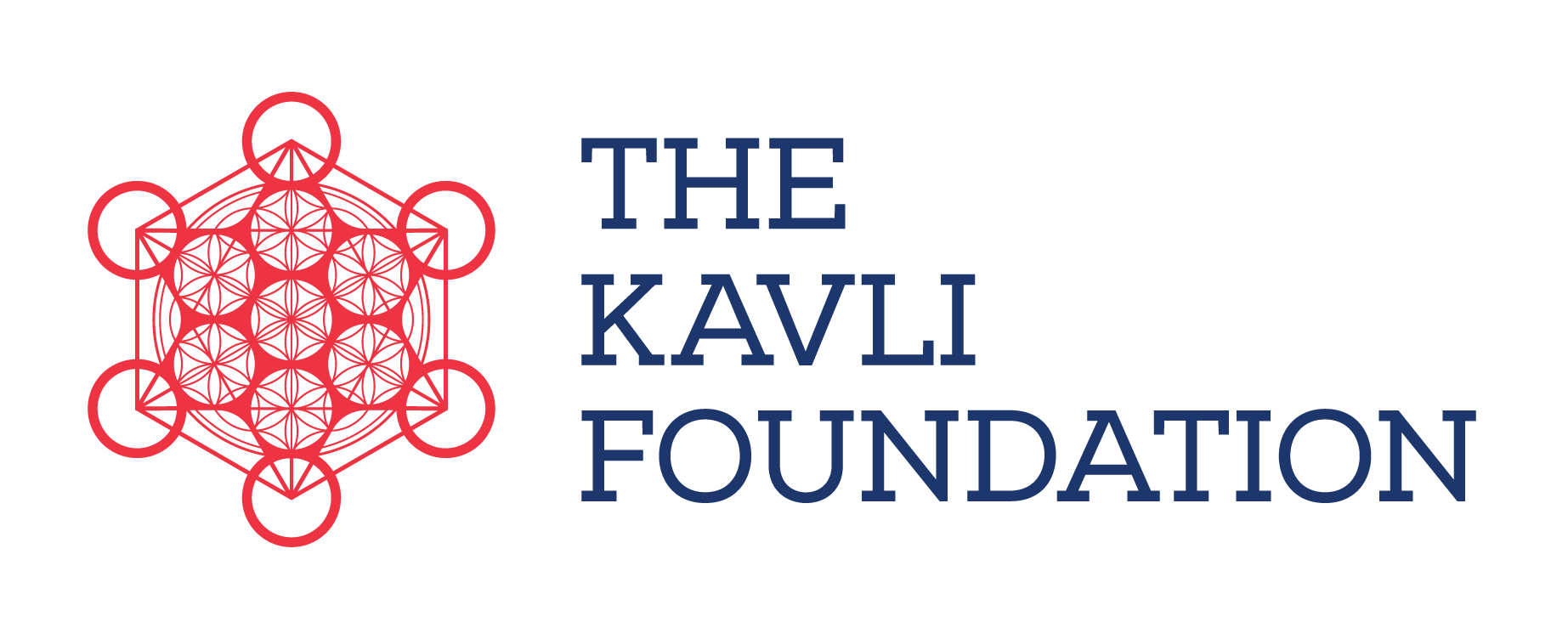The Fred Kavli Plenary Lecture
The Kavli Foundation, based in Oxnard, California, is dedicated to the goals of advancing science for the benefit of humanity and promoting increased public understanding and support for scientists and their work. The Foundation’s mission is implemented through an international program of research institutes, professorships, and symposia in the fields of astrophysics, nanoscience, neuroscience, and theoretical physics as well as prizes in the fields of astrophysics, nanoscience and neuroscience. To learn more about their foundation, please visit their website.
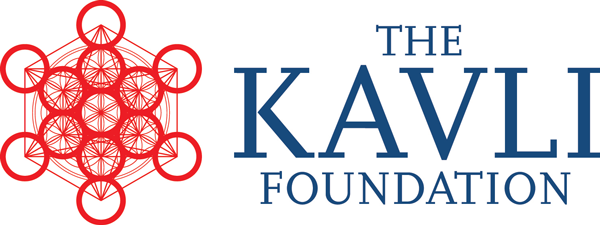
2024 Kavli Speaker

Sendhil Mullainathan
Faculty Director of the Center for Applied Artificial Intelligence, Chicago Booth
Sendhil Mullainathan is the Roman Family University Professor of Computation and Behavioral Science at Chicago Booth, where he is also the inaugural Faculty Director of the Center for Applied Artificial Intelligence. His latest research is on computational medicine—applying machine learning and other data science tools to produce biomedical insights. In past work he has combined insights from behavioral science with empirical methods—experiments, causal inference tools, and machine learning—to study social problems such as discrimination and poverty. He currently teaches a course on Artificial Intelligence.
Outside of research, he co-founded a non-profit to apply behavioral science (ideas42), a center to promote the use of randomized control trials in development (the Abdul Latif Jameel Poverty Action Lab), has worked in government in various roles, and currently serves on the board of the MacArthur Foundation board. He is also a regular contributor to the New York Times.
2023 Plenary Lecture

Lise Vesterlund
University of Pittsburgh
Lise Vesterlund is the Andrew W. Mellon Professor of the Department of Economics at the University of Pittsburgh and the Director of the Pittsburgh Experimental Economics Laboratory (PEEL) and of the Behavioral Economic Design Initiative (BEDI). She is a Research Associate with the National Bureau of Economic Research. A co-author of the book, “The No Club: Putting a Stop to Women’s Dead-End Work,” her highly influential research on gender differences in advancement has been featured by The New York Times, The Guardian, Wall Street Journal, The Washington Post, The Economist, and The Financial Times. .
2022 Plenary Lecture

Dana Small
Professor and Divisional Director, Department of Psychiatry, Yale University
Dr. Dana Small is a Professor in the Departments of Psychology and Psychiatry, and she is the Divisional Director of Nutritional Psychiatry at Yale University. She also founded and directs the Modern Diet and Physiology Research Center. Dana is known for developing and disseminating the tools and methods to study ingestive behavior in the fMRI environment and for her work uncovering the neural circuits of food reward. This work has been recognized by numerous awards from international societies and invitations to deliver over 200 lectures, including the Presidential Keynote for the Society for Neurosciences. Dana served two terms on the National Academy of Sciences Board on Behavior, Cognitive and Sensory Sciences and currently serves as the president for the Society of the Study of Ingestive Behavior.
2021 Plenary Lecture
Terrie E. Moffit
Professor of Social Development, King’s College, London, and Nannerl O. Keohane University Professor of Psychology, Duke University
2020 Plenary Lecture
Elke U. Weber
Professor of Psychology and Public Affairs, Princeton University
2019 Plenary Lecture

Peter Dayan
Director, Max Planck Institute for Biological Cybernetics
2018 Plenary Lecture
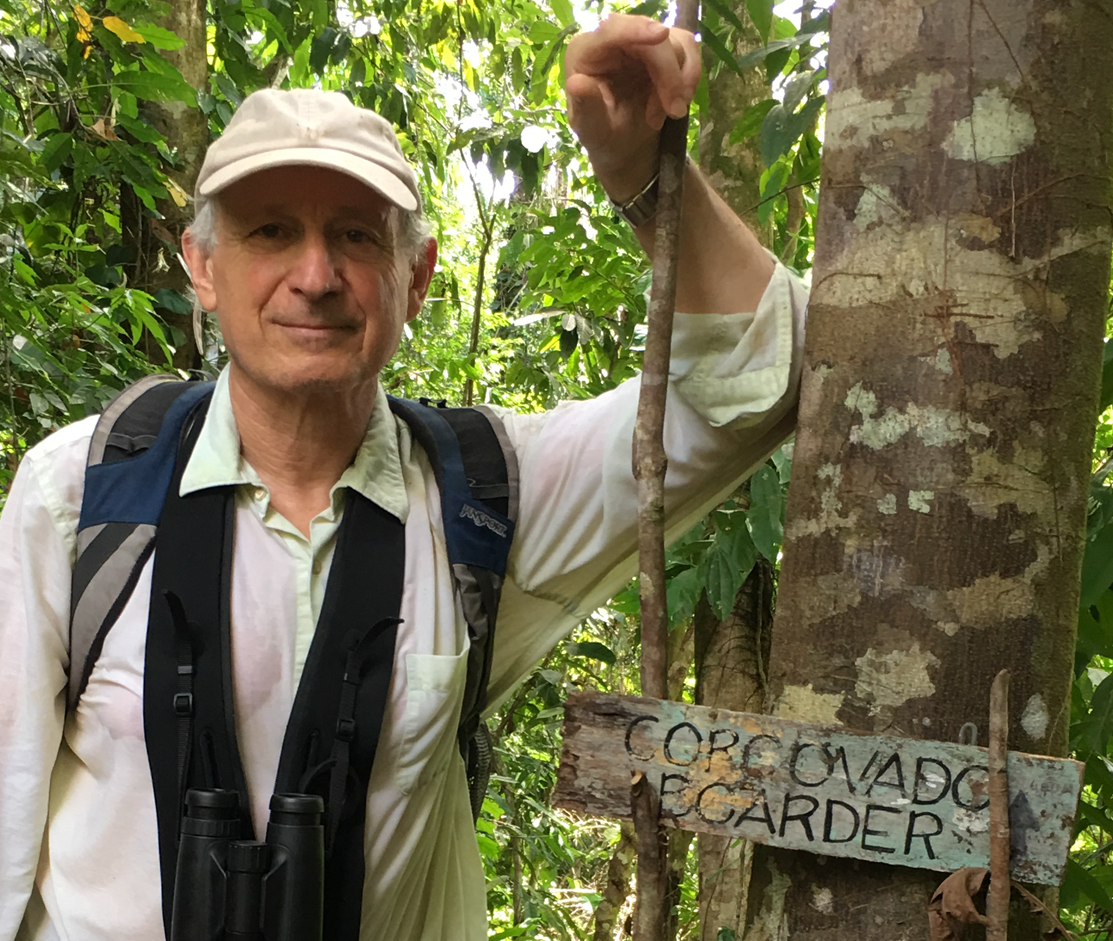
Alex Kacelnik, FRS
Emeritus Professor of Behavioural Ecology Department of Zoology, Oxford University
2017 Plenary Lecture
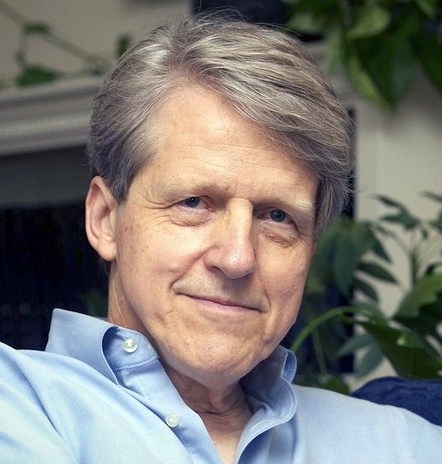
Robert Shiller
Yale University
2016 Plenary Lecture

Richard G M Morris, FRS
Centre for Cognitive and Neural Systems,The University of Edinburgh
2015 Plenary Lecture

Ann Graybiel, PhD
Massachusetts Institute of Technology
2014 Plenary Lecture

Colin Camerer, PhD
Robert Kirby Professor of Behavioral Finance and Economics at the California Institute of Technology ~ 2013 MacArthur Fellow
2013 Plenary Lecture

Vernon L. Smith, PhD
Professor of Economics and Law, Chapman University ~ Nobel Laureate in Economics, 2002
2012 Plenary Lecture
William T. Newsome, PhD
Professor, Neurobiology, Stanford University School of Medicine ~ Investigator, Howard Hughes Medical Institute
2011 Plenary Lecture
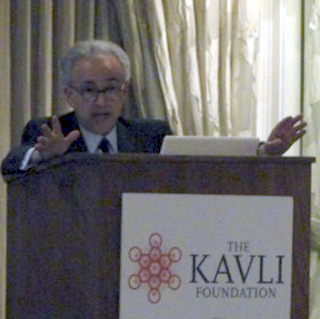
Professor Antonio Damasio
University Professor, Dornsife Professor of Neuroscience ~ Director of USC’s Brain and Creativity Institute
2010 Plenary Lecture
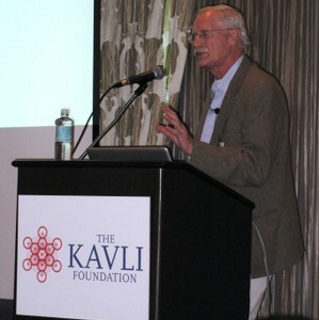
Professor Wolfram Schultz, MD, PhD, FRS
Department of Physiology, Development & Neuroscience, University of Cambridge, UK
Thank you to our Sponsors
Platinum Sponsor
